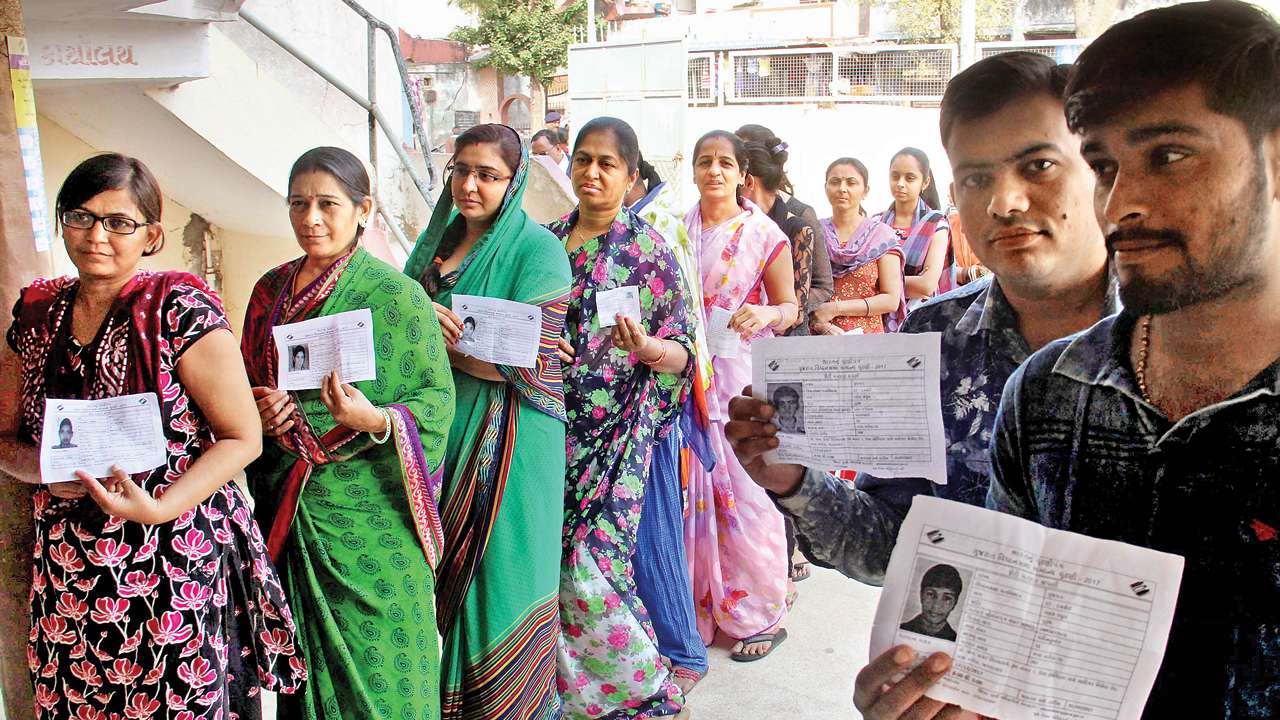
Two business academics, CK Prahalad and Gary Hamel, proffered a concept of core competency in management literature several decades ago and argued that core competency was a synchronised amalgamation of various resources and skills that can help a firm discriminate itself in the marketplace, and survive and thrive in the marketplace. In concurrence, I contend that political competence may allow candidates to discriminate themselves and garner support from the voters.
Drawing from seminal research in the domain of competencies, I, thus, define the concept of political competency. Competence is a set of proficiency, knowledge, characteristics, actions and activities that are the hallmarks of an excellent administrator. I extend the work of Daniel Katz published in Harvard Business Review in 1955, to group and measure political competencies required for an excellent politician in four dimensions:
Functional: This dimension is usually associated with the technical expertise required to perform the specific role. Primarily stemming from educational, technical, and professional qualification. In political setting, this translates into understanding political landscape, constituency demographics, administrative and political set up, among others
Managerial: This dimension is typically associated with knowledge, attitude and skills required to plan, organise and mobilise various resources. In political context, this dimension captures ability to understand and interpret right data, galvanise and manage campaign funds, holding rallies, identifying allies, among others
Human: This dimension deals with knowledge, attitude and skills required to motivate, utilise and develop human resources. In a political setting, this dimension deals with the ability to motivate cadre and citizens, booth management, deployment of right candidates in right areas for campaigning as well as contesting, weaving a dream for the populace through a vision among others.
Conceptual: This dimension is concerned with the ability to visualise the invisible and think at abstract levels. In the political domain, this dimension deals with the ability to continuously analyse and adapt as per audience, communicating with voters through right speeches, understanding the deep-rooted needs and not just wants of the local population, among others.
Using the context of recent Gujarat elections, a study was undertaken by a research team of IIM-Rohtak to measure the political competence of a few leaders. Specifically, the research was conducted to ascertain how political leaders stack up on competencies in recent Gujarat elections. Further, the study will examine what is the relationship between various types of competencies and voter support? Voter support was measured as individual’s intent to support a particular candidate. Overall, the study was undertaken to examine how the general public perceives their leader’s competencies. In other words, on a scale of 1 to 8, what is the rating of the general public on the competencies of the leaders selected for this study: 1 — Very Poor and 8 — Exceptional. Voter support was also measured on a scale of 1 to 8.
Using data from 502 randomly selected residents of Gujarat using mall-intercept sampling method, an assessment of five major leaders of Gujarat was conducted. Five leaders are Prime Minister Narendra Modi, Chief Minister Vijay Rupani, Congress President Rahul Gandhi, and two leaders of the Patidar stir in Gujarat, namely, Alpesh Thakor, and Hardik Patel. The questionnaire was filled by participants who could fill it and those who could not understand the questions were explained to in Hindi and answers were filled by the data collector. There were 317 male and 185 female respondents.
The result of this small study using sample data indicates that PM Modi continues to score high in all dimensions. However, it is interesting to see that Patel and Thakor score very high in conceptual dimension but score low on the human dimension. In other words, this may probably explain why despite large rallies of citizens they were not able to convert the same numbers into actual votes. Another interesting factor was that Gandhi and Rupani were equal on human and managerial dimensions but Gandhi scored more in terms of conceptual dimension while Rupani fared better in high functional dimension. In other words, one may probably interpret that while Gandhi was able to understand the local needs of the voters, Rupani ran a better campaign to neutralise it by altering the agenda.
Finally, the data was analysed using simple linear regression to see what dimension was the best predictor of voters’ likely support for a candidate. It was found that the most important dimension influencing voter support for a candidate is the conceptual dimension, followed by human, managerial, and functional dimensions. In other words, voter support can be predicted on the basis of how well the voter perceives that the candidate understands the local pulse, followed by how well the candidate connects the understanding with activities, followed by rightness of timing and place of those activities, and finally the ability to present that connect between understood needs and its impact areas. While this research has the limitations of any cross-sectional study using self-report data, one can infer that competent leaders to garner voter support must not only understand citizens’ needs, but also engage various stakeholders to join them in their work vicariously.
The author is Director, IIM-Rohtak. Views expressed are personal.